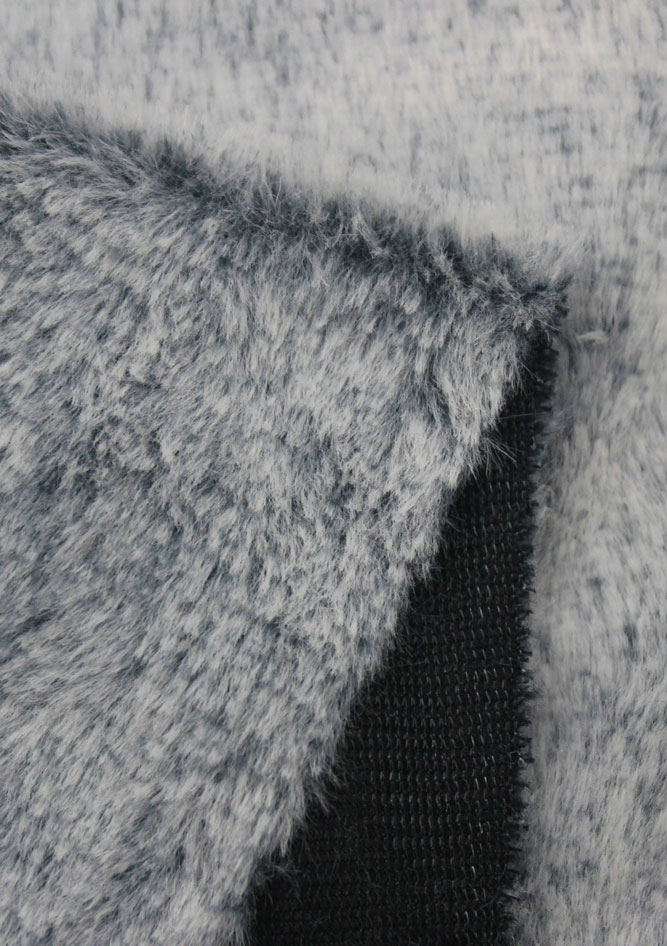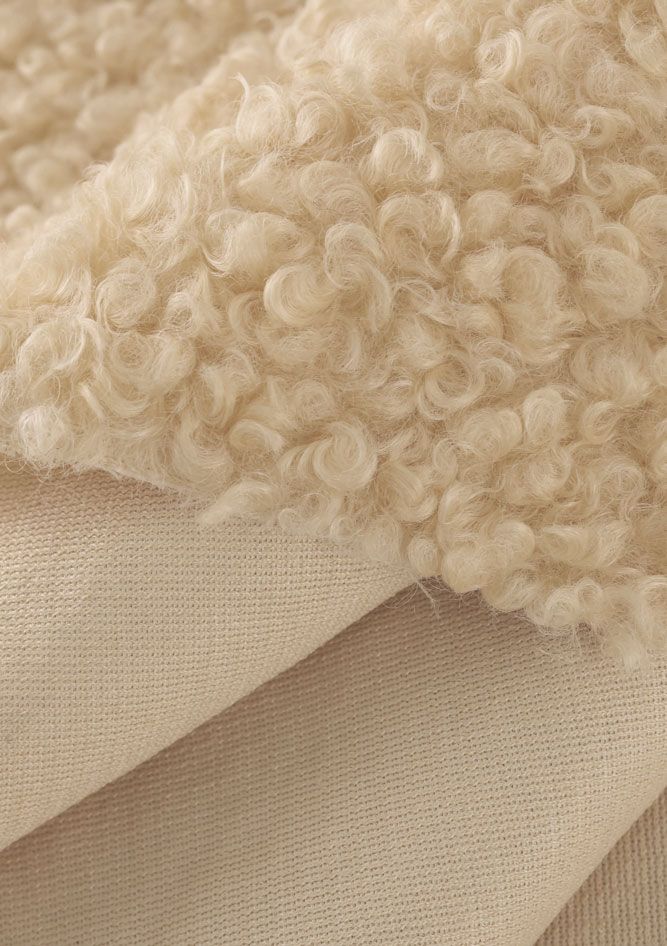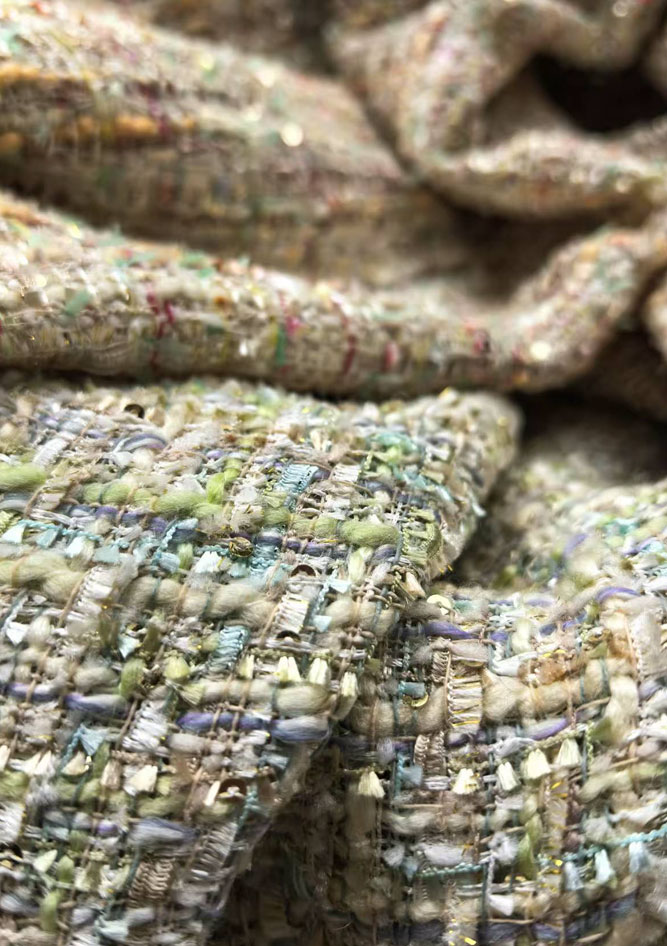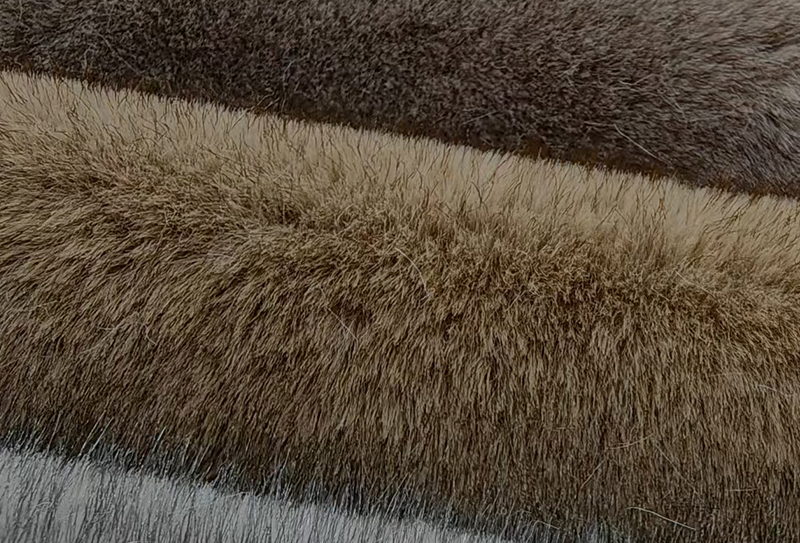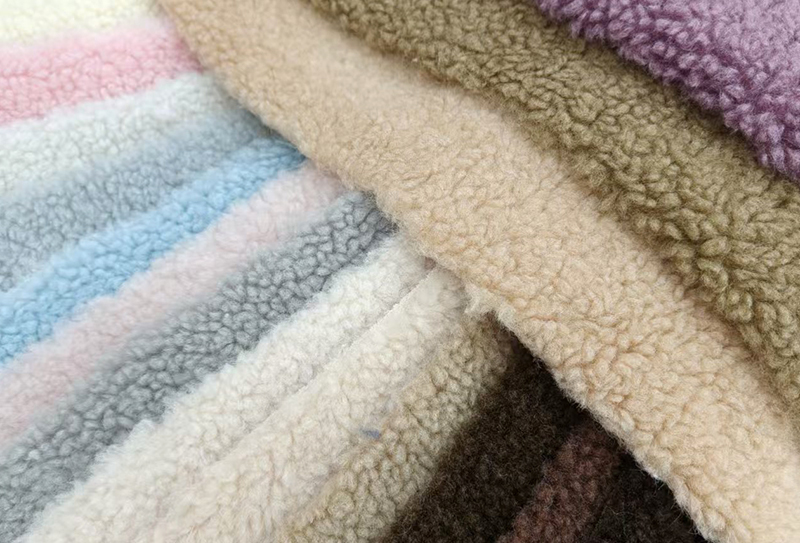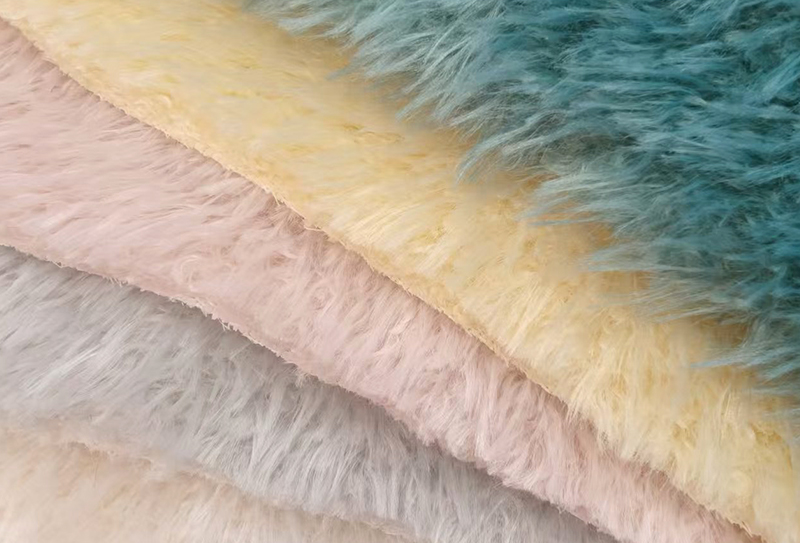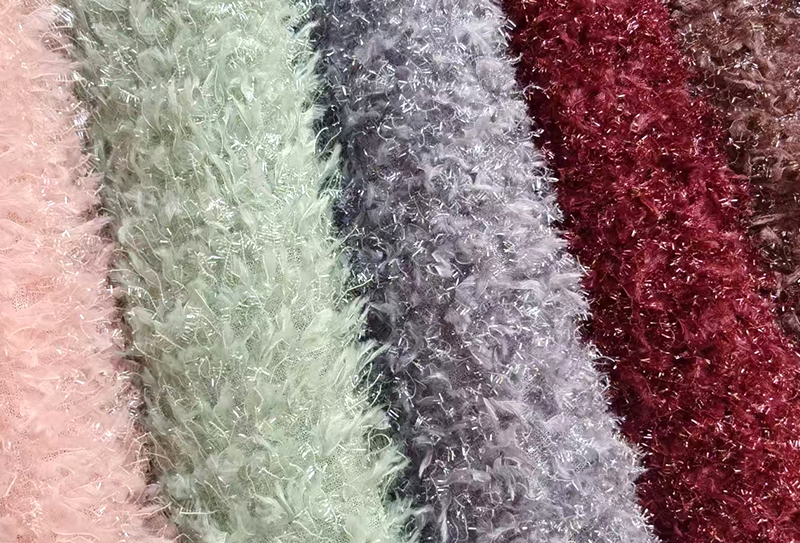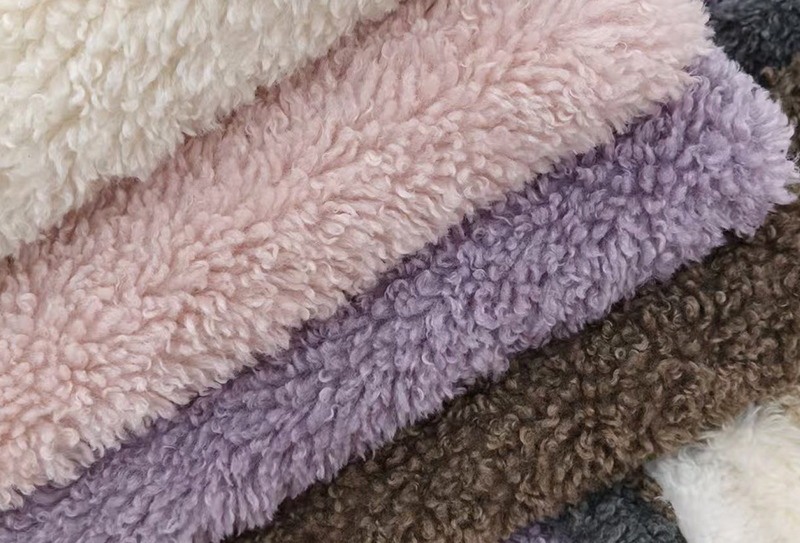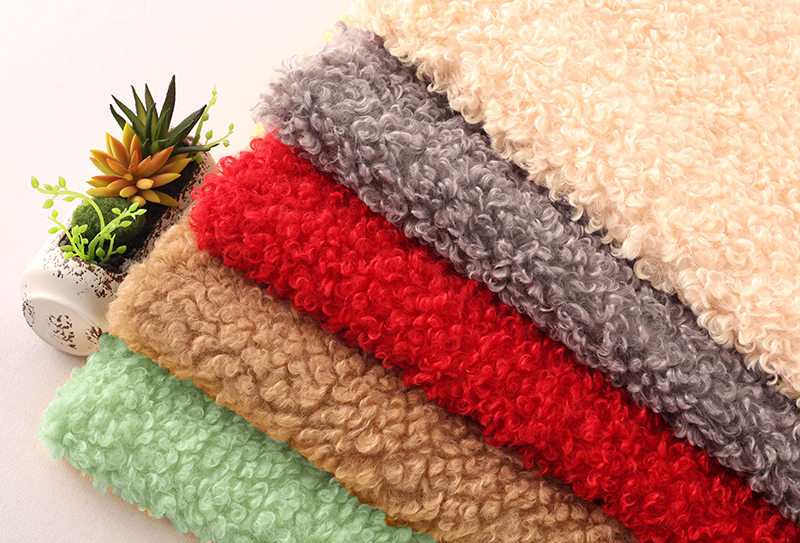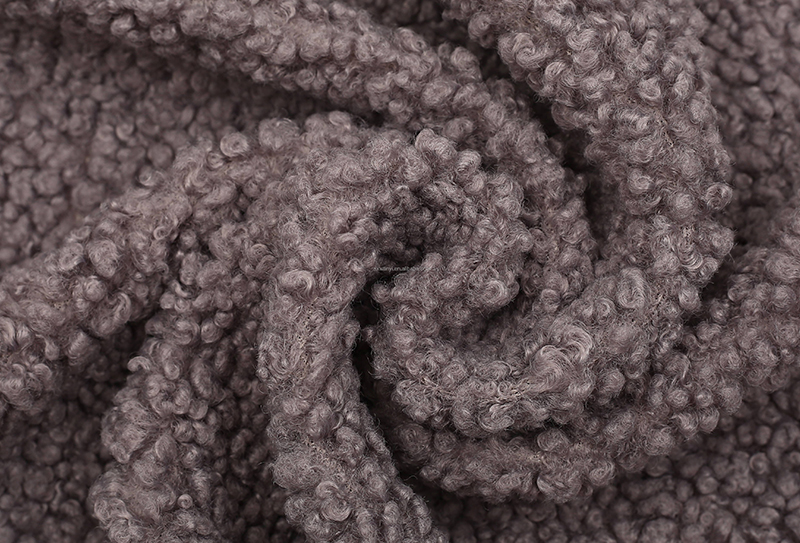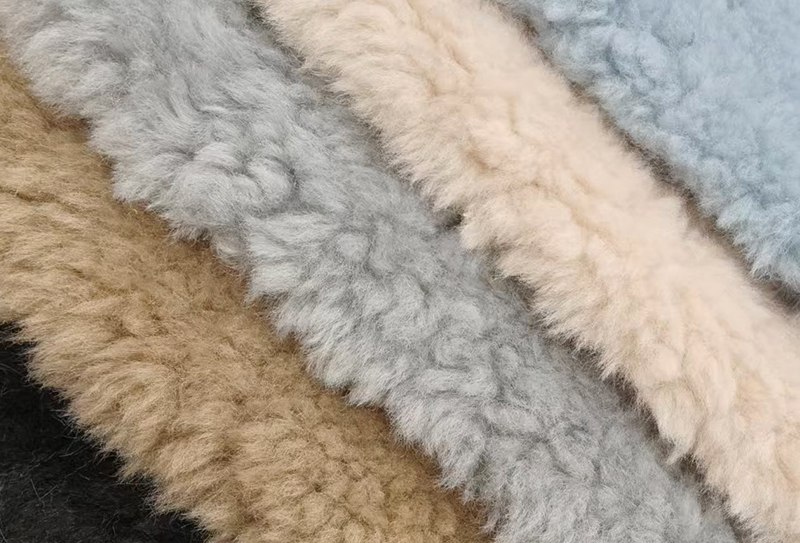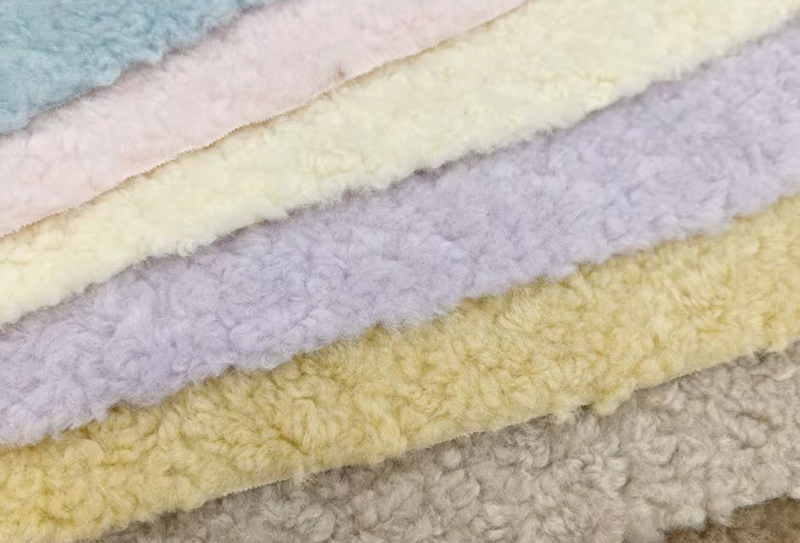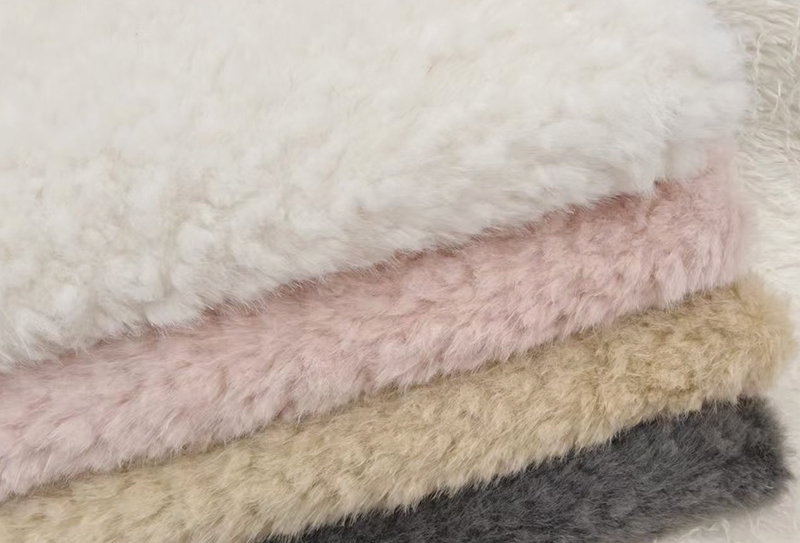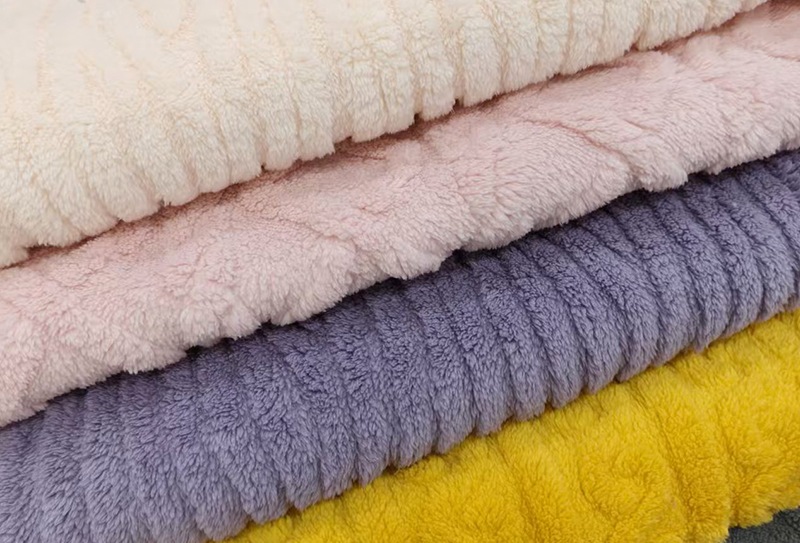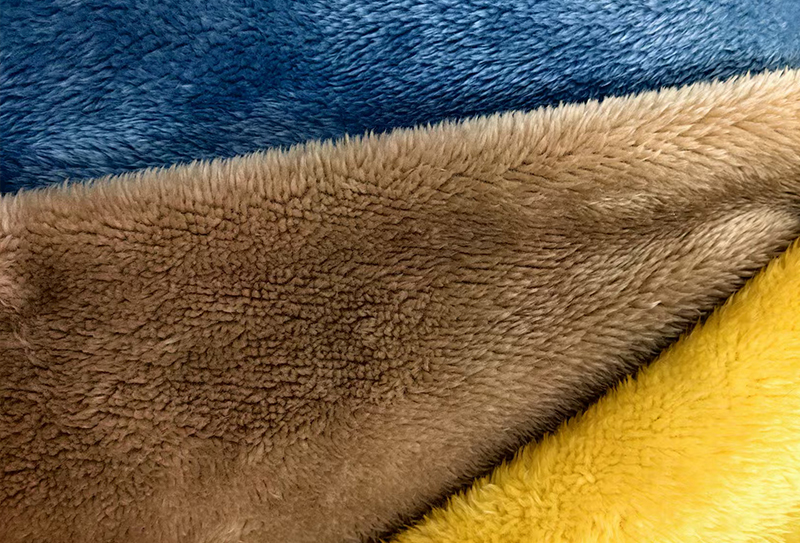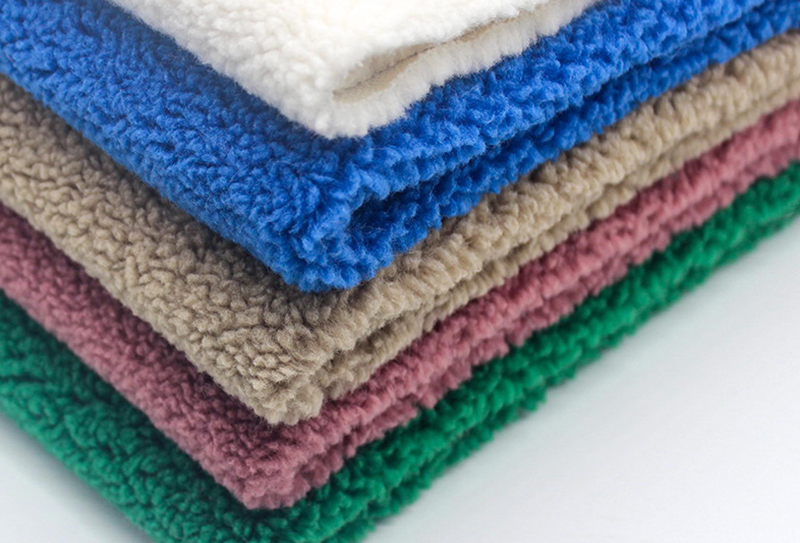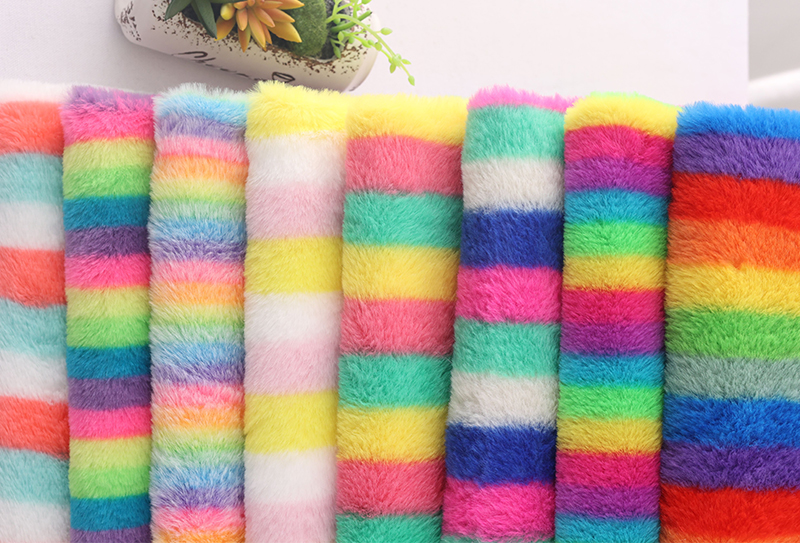The Rise of Conscious Consumerism in Fashion The fashion industry is undergoing a profound transformation as consumers increasingly prioritize ethical considerations in their purchasing decisions. This shift toward conscious consumerism has created an unprecedented demand for sustainable alternatives that don't comprom...
READ MOREOur Collections
Soft Plush Fabric Manufacturers
-
-
Understanding Short Plush Fabric and Its Key Characteristics Short plush fabric represents a specialized category within the broader plush textile family, characterized by its shorter pile height and distinct performance attributes. Unlike traditional plush fabrics that often feature longer, more luxurious fibers, shor...
READ MORE -
Unveiling the Unique Texture of Curly Particles Plush Fabric The world of textile innovation is continually evolving, introducing materials that redefine our expectations of comfort and style. Among these advancements, Curly Particles Plush Fabric has emerged as a standout, captivating designers and consumers alike wit...
READ MORE
What Is PV Velvet Fabric Composition Features and Common Applications
PV velvet fabric is a type of short plush textile made from high quality polyester fibers through a precise knitting and brushing process. It is known for its smooth texture dense pile and excellent warmth retention making it widely used in home textiles apparel and upholstery. This fabric combines softness durability and versatility offering a balance between comfort and cost efficiency.
Composition and Structure of PV Velvet
PV velvet is typically produced using 100 percent polyester material which undergoes high temperature dyeing and multiple finishing techniques to achieve its glossy surface and rich color depth. The pile height is generally between 1.0 mm and 3.0 mm depending on the intended application. Its knitted base structure enhances elasticity and reduces deformation ensuring the fabric maintains its shape and softness even after repeated washing.
| Parameter | Typical Specification |
|---|---|
| Composition | 100 percent Polyester |
| Weight | 200 to 350 g per square meter |
| Pile Height | 1.0 to 3.0 mm |
| Width | 150 to 220 cm |
| Surface Finish | Brushed Embossed Foiled or Printed |
| Main Features | Soft hand feel high density colorfast wrinkle resistant |
Key Features of PV Velvet Fabric
- Soft and Comfortable The fine pile structure gives PV velvet a delicate touch and luxurious feel
- Excellent Warmth Dense fibers trap air effectively providing good thermal insulation for winter textiles
- Easy Care The polyester composition offers strong resistance to shrinking and wrinkling
- Durability The knitted base and tight construction make it wear resistant and long lasting
- Design Flexibility Compatible with various post processing techniques such as printing foiling and embossing
Common Applications of PV Velvet
Thanks to its softness and high visual appeal PV velvet is commonly used in
- Blankets and throws
- Winter clothing such as jackets and robes
- Home decor items like cushions and sofa covers
- Stuffed toys and craft materials
- Pet bedding and accessories
About Zhejiang Shaoxing Wanyi Textile Technology Co Ltd
Zhejiang Shaoxing Wanyi Textile Technology Co Ltd is a professional Short Plush Fabric Supplier and Wholesale Short Plush Fabric Factory located in Keqiao the largest textile trading center in Asia. Established in 2019 the company integrates fabric design production and sales focusing on plush fabric series such as PV velvet faux fur foil embroidery and brushing processes.
With over 16 years of industry experience Wanyi Textile has built a strong reputation for offering high quality plush fabrics at competitive prices while maintaining a commitment to sustainability and social responsibility. The company serves customers in the United States Russia India and Europe continuously improving customer competitiveness through careful supplier selection and quality control.
PV velvet fabric represents a versatile and reliable material for both fashion and home textile applications. Its combination of softness warmth and durability continues to make it a popular choice in global markets. As a trusted manufacturer in this field Zhejiang Shaoxing Wanyi Textile Technology Co Ltd remains dedicated to advancing green textile technology and providing long term value for partners worldwide.
How to Choose the Right Soft Plush Fabric for Apparel, Toys, and Home Textiles
Understanding the Characteristics of Soft Plush Fabric
Soft plush fabric is known for its delicate texture, warmth, and versatility. It is a preferred choice in apparel, toys, and home textile applications. Depending on production process and fiber composition, plush fabrics vary in softness, density, elasticity, and durability. Common types include short plush, PV velvet, faux fur, and brushed plush. Each type suits different uses and design requirements.
Factors to Consider When Selecting Soft Plush Fabric
Fiber Composition
Polyester is the most common fiber used for soft plush fabric because it offers durability and easy maintenance. Blended fibers can provide improved elasticity or breathability.
Fabric Density
Higher density gives better warmth and a softer hand. This is ideal for winter clothing and blankets. Lower density is suitable for lightweight garments and decorative applications.
Surface Treatment
Processes such as brushing, embossing, or foil printing add visual effects and tactile appeal. These treatments can be selected to meet fashion or toy design goals.
Color Fastness
Color fastness is essential to maintain long term appearance, especially for apparel and toys that undergo frequent washing or sunlight exposure.
Sustainability
Eco friendly materials and processes reduce environmental impact and align with global sustainability trends in the textile industry.
Application Scenarios of Soft Plush Fabric
Apparel
Soft plush fabric is ideal for coats, hoodies, and loungewear because it provides warmth and comfort while offering a fashionable texture.
Toys
For stuffed animals, cushions, and sensory toys, plush fabric must be soft and safe for children. Selection should prioritize tactile quality and durability.
Home Textiles
Plush fabrics are often used in blankets, sofa covers, and decorative pillows to enhance home aesthetics and comfort.
Supplier and Quality Considerations
Zhejiang Shaoxing Wanyi Textile Technology Co., Ltd is a Short Plush Fabric Supplier and Wholesale Short Plush Fabric Factory based in Keqiao. The company provides one stop solutions for plush fabrics, from design to production and sales. When choosing a supplier, consider factors such as experience, factory partnerships, quality control, and responsiveness to market needs.
Practical Checklist for Selecting Soft Plush Fabric
| Checklist Item | What to Check |
|---|---|
| Intended Use | Decide whether the fabric is for apparel, toys, or home textiles and choose type accordingly. |
| Fiber Type | Confirm fiber content and any blends for desired performance. |
| Weight and Density | Match fabric density to required warmth and drape. |
| Surface Finish | Evaluate brushed, embossed, or printed finishes for look and feel. |
| Durability | Check abrasion, pilling, and seam retention properties. |
| Care and Maintenance | Confirm washing and drying instructions to meet end user needs. |
| Compliance | Ensure safety and regulatory requirements are met for toys and childrens products. |
| Sustainability | Ask about eco friendly fibers, recycling, and waste reduction measures. |
Choosing the right soft plush fabric requires a clear understanding of fiber properties, processing methods, and the final application. Use the practical checklist to guide decisions. Partnering with an experienced supplier can help balance comfort, durability, and sustainability to achieve the desired product quality and market competitiveness.

 English
English 中文简体
中文简体